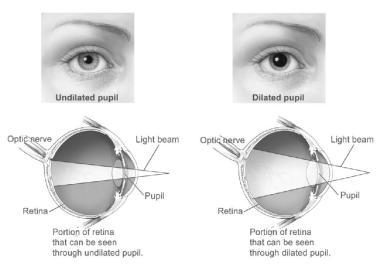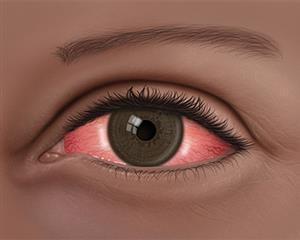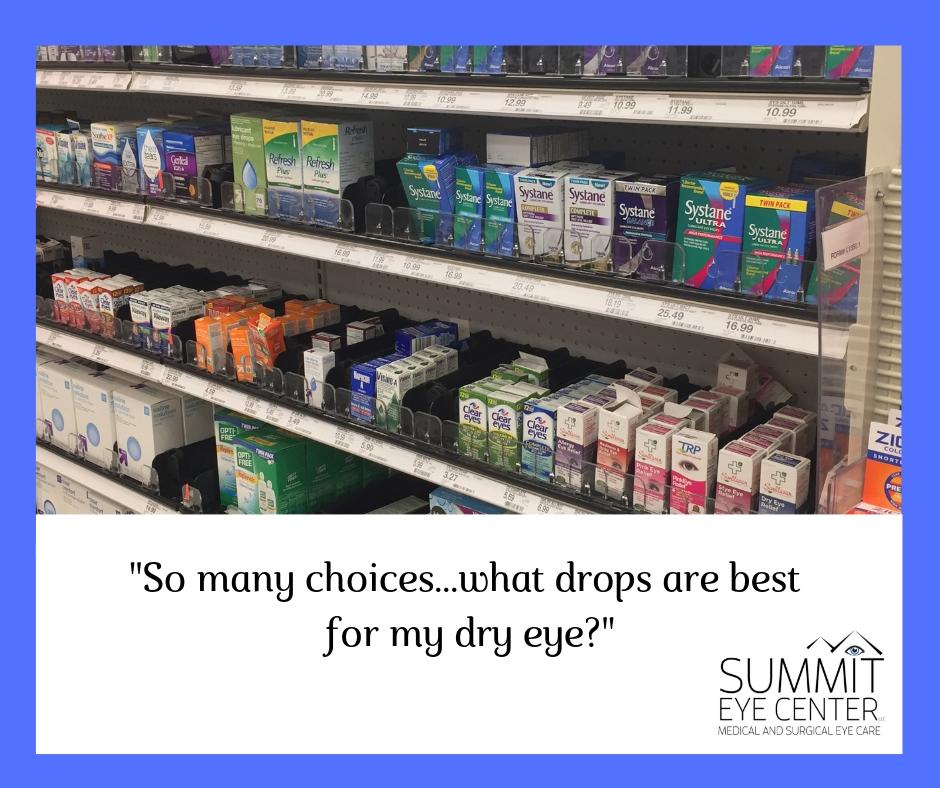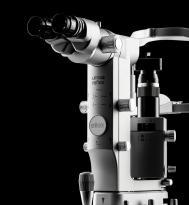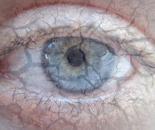
Dry eye disease is a chronic, progressive condition. It has multiple causes such as contact lens wear, advanced age, medications, medical conditions and environmental conditions to name a few. As a result, patients often require treatment that is tailored to their specific signs and symptoms.
Being a chronic and progressive disease, what once worked for a patient may not do the job in the future. This is also a reason that you want to manage both the signs and symptoms aggressively from the beginning to stay ahead of the disease process, minimizing progression as much as possible.
